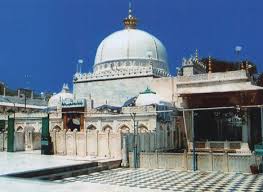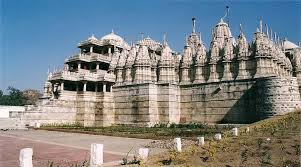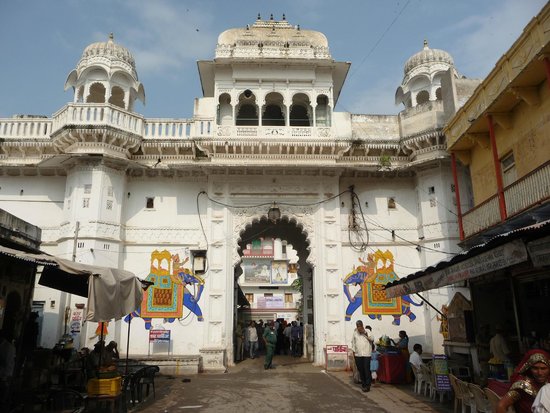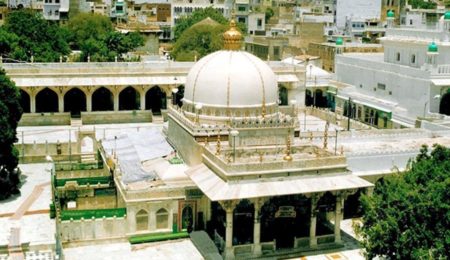Rajasthan is known as the Land Of Maharaj. This state is Famous For the Fort , Palaces, Desert, Culture and many more things. In rajasthan there are many Famous Religious Places Like Dargahs and Temples. here are some Famous Religious Places of rajasthan.
Ajmer Dargah Shariff :-
The Dargah Sharif or the place of Where the Muslim saint Khajwa Moinudin Chishti lie sburied, draws piligrams and devotees from all parts of the Islamic world. But his admirers today come from all religions as the Dargah Sharif is considered a shrine where wishes are fulfilled.

Deshnok Karni Mata Temple :-
The Karni Mata temple, 30 kms from Bikaner, is dedicated to an early fifteenth century mystic who was considered to be a reincarnation of goddess Durga. The specially of the temple is that it is inhabited by legions of brown rats which scurry around the complex without aby fear.

Dilwara Jain Temple Mount Abu :-
The Jain temples at Dilwara, near Mount Abu are considered to be masterpieces of temple architecture. The Vimalvashi temple was built by the commander Vimalshah on the order of King Bhimdev in 1031 A.D.

Nathdwara Shrinathji Temple :-
The Temple of Shrinathji or Lord Krishna, belonging to the Vaishnav religion is located at Nathdwara, 48 kms. north of Udaipur. As thousands of tourists and pilgrims from all parts of the world pass the lofty mountains and serene lakes of Udaipur, it is impossible for them to resist visiting this important pilgrim centre.

Pushkar Brahma Temple :-
The Brahma temple is an important pilgrim centre for the Hindus. It is nestled in the Pushkar valley which lies beyond Nagaparvat and the Anasagar lake. This place, full of natural beauty, holds a special place in the hearts of Indians for it is believed that Lord Brahma, together with all the gods and goddesses, performed a Yagya here.
Ranakpur Jain Temple :-
Ranakpur is located in the mountain ranges of Pali district, 23 kms away from the Phalna railway station. Ranakpur is reached after passing lush green valleys and streams and the heart capturing views drive away any fatigue of the journey.
Eklingji Temple Udaipur :-
This Temple is situated 24 kms north of Udaipur. The tutelary deity of the rulers of Mewar. It is a complex of 108 temples enclosed by high walls with bathing terraces leading down to the water. The atmosphere excludes the fragrance of incense material such as dhoop, deep and sandalwood. The fifty feet high Eklingji temple has a multi- faced image of Lord Shiva made of black stone.
visit our website for more information about the religious places in rajasthan. Apart from them there are many more places to visit in Historic rajasthan. Here are some direct links for tour packages or rajasthan.
Rajasthan Adventure Tour Packages
Rajasthan Heritage Tour Packages
Rajasthan Luxury Tour Packages
Rajasthan Car Rental Packages
